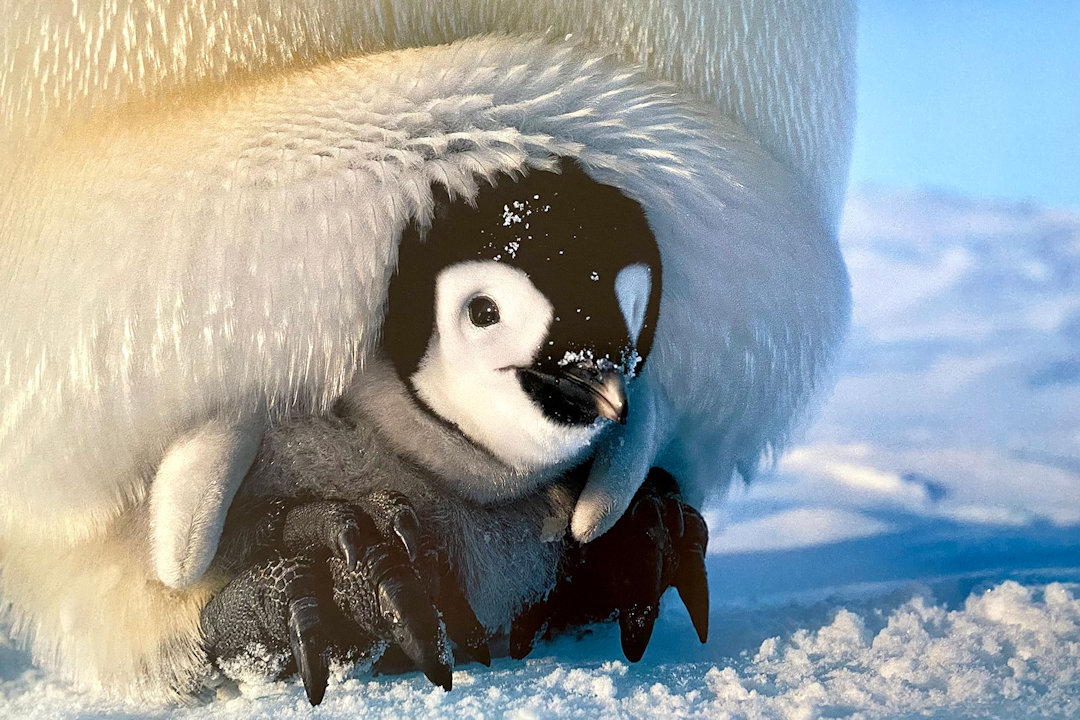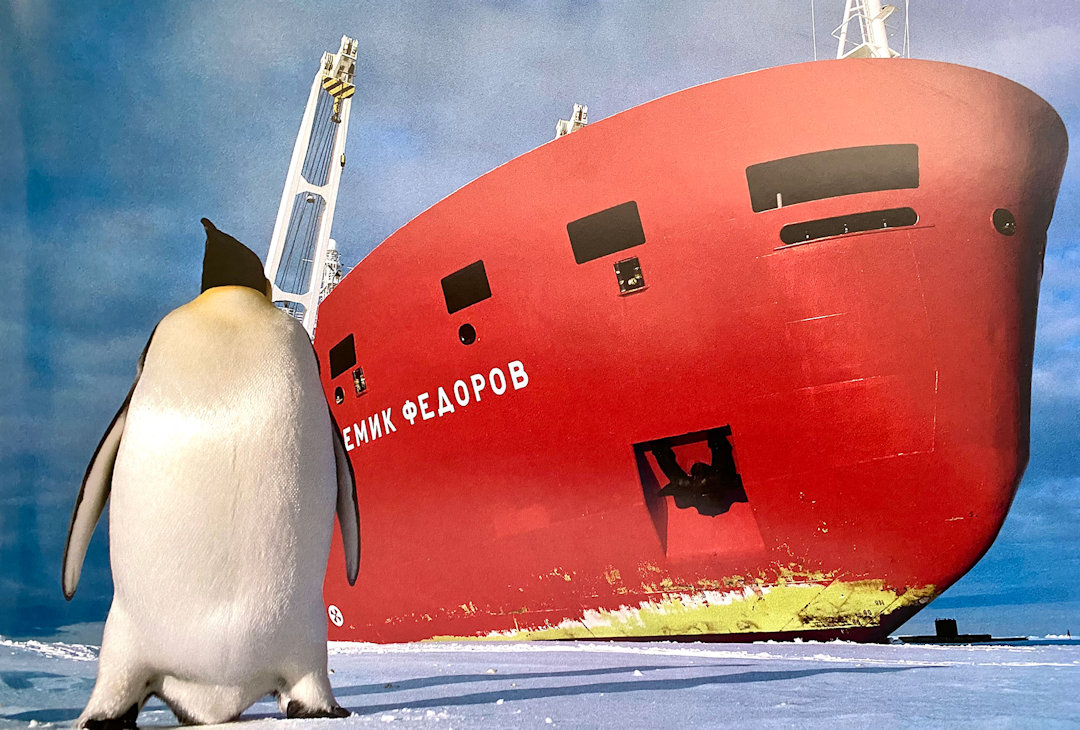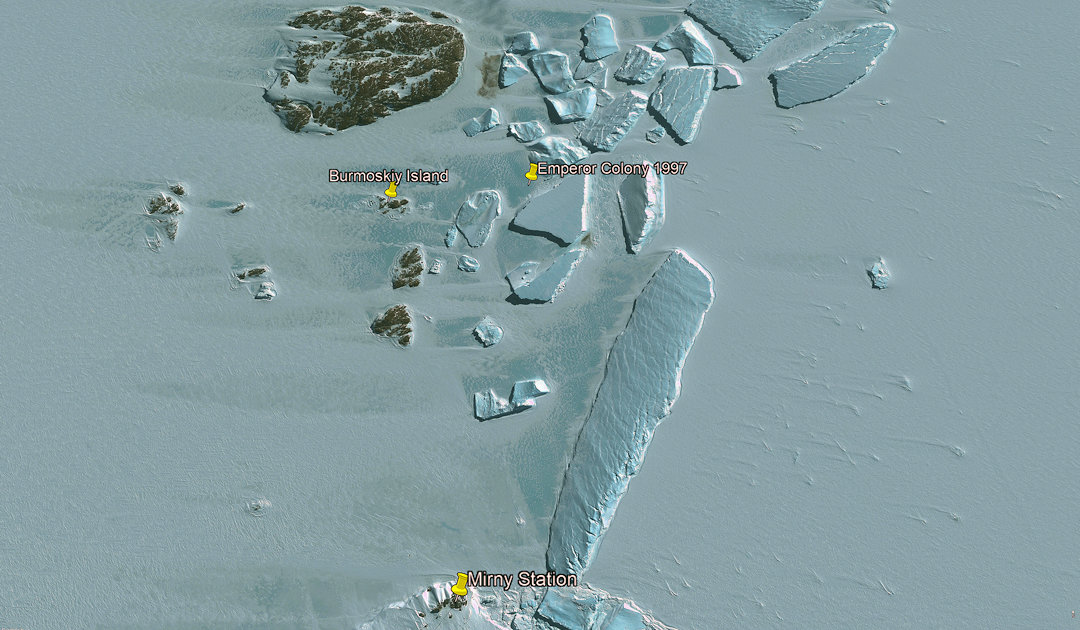
Capturing the magic of Antarctica on celluloid (or more likely on a memory card these days) is the fine art of photography. And ever since people started going to Antarctica, they have been trying to do just that. Some of them have succeeded in doing so, and their pictures evoke countless emotions in the people viewing them. One of these artists certainly was the Swiss photographer Bruno Zehnder. With his beautiful and sometimes spectacular pictures of penguins, he still enchants numerous people today. In memory of his tragic death in 1997, a scientific and also personal article has now been published.
From deck steward to one of the most famous penguin photographers in the world, that was the career of Swiss photographer Bruno Zehnder. For 12 years, everything for the man from eastern Switzerland, born in 1945, revolved around the white continent and penguins in particular. His photographic work made him internationally known and some of his observations also brought important insights to research. Dr. Volker Strecke, an IT specialist and former employee of the Alfred Wegener Institute for several years, who had worked at Neumayer II and Georg Forster Station, wrote the story of the dedicated, likeable Swiss in an exciting and also personal commemorative article on the 25th anniversary of his death and illustrated it with some of his own pictures and some of Zehnder’s best-known works. These were provided to him by the photographer’s brother, Guido Zehnder, and some acquaintances. The article has now been published in the latest issue of the journal Polar Research.


The article by Dr. Volker Strecke, who had remained in contact with Bruno Zehnder for many years after their first meeting in 1988, enumerates on the one hand the artist’s career, from his first visit as a deck steward aboard a Danish research vessel on behalf of the Australian Antarctic Division to his death in 1997 as a photographer and member of the 41st Russian Antarctic Expedition. In doing so, the author also demonstrates the importance of Zehnder’s images and observations for science. Because the Swiss often went to the limit for his shots, not only to take the perfect picture, but also to expand the knowledge about the lifestyle of penguins, especially emperor penguins. His fascination for these animals just went beyond the artistic side and the article very much emphasizes this aspect, which was also important for the protection of the animals and the Antarctic, by listing the international awards Bruno Zehnder received during his career. Among them was the United Nations Environment Prize in 1987 and the “Award for Excellence,” also awarded posthumously by the UN in 1997.


But the article does not only scientifically list the career of Bruno Zehnder. The artistic aspects of his work are also described in detail. Because throughout his life he was just that, an artist and magician behind the camera. His images could spark emotions, the need to want to know more about Antarctica. That earned him most of his notoriety, taking his images as far as the New York Museum of Modern Art, the cover of Time magazine, and even the 1988 issue of the Visa credit card. His fame also opened up the possibility for him to be the first Western European ever to participate in a Soviet Antarctic expedition, not only as an observer but as a full member of the expedition team. In the process, he met the author of the article, Dr. Volker Strecke, who was working as an AWI employee at the German Neumayer II and Georg-Forster Stations at the time. And from here on, the article also becomes personal, as the author shares some pictures and memories that connect him with Bruno Zehnder.


But not only Bruno Zehnder’s life is commemorated in the article, but also his death. Because it reflects many aspects about his work and about Antarctica itself. The author shows the circumstances that led to Zehnder’s tragic accidental death, but also why the photographer had gotten into this situation in the first place. Driven by the desire to document the hatching of young emperor penguin chicks and show how life finds a way even in the most inhospitable place on earth. The colony was just 2.5 kilometers from Mirny Station, where Zehnder wintered with members of the Russian Antarctic expedition. But an oncoming storm that led to a so-called “whiteout” caused the returning Zehnder to miss the station by a hair’s breadth. “Bruno missed the station, stumbled into a dark void, stumbled down and died of hypothermia,” said Strecke, describing the event that led to Zehnder’s death in brief yet personal terms.

However, the commemorative document of Strecke does not end with the death of Zehnder, but adds here the many actions that had been undertaken in the following years to preserve the memory of Bruno “Pinguin” Zehnder. Particularly touching is the list of inscriptions, coming from all over the world, on a large memorial stone in Zehnder’s hometown of Bad Ragaz. “He stayed there forever between the snow and the gray rocks where amazing birds were, of which he dreamed, where the ice with its cold beauty froze the land forever…There he found his peace, he could not accept anything else in life.” Volker Strecke’s article certainly sets another memorial stone to the “Penguin Man” on the occasion of the anniversary of his death.
Dr Michael Wenger, PolarJournal
More on the topic





